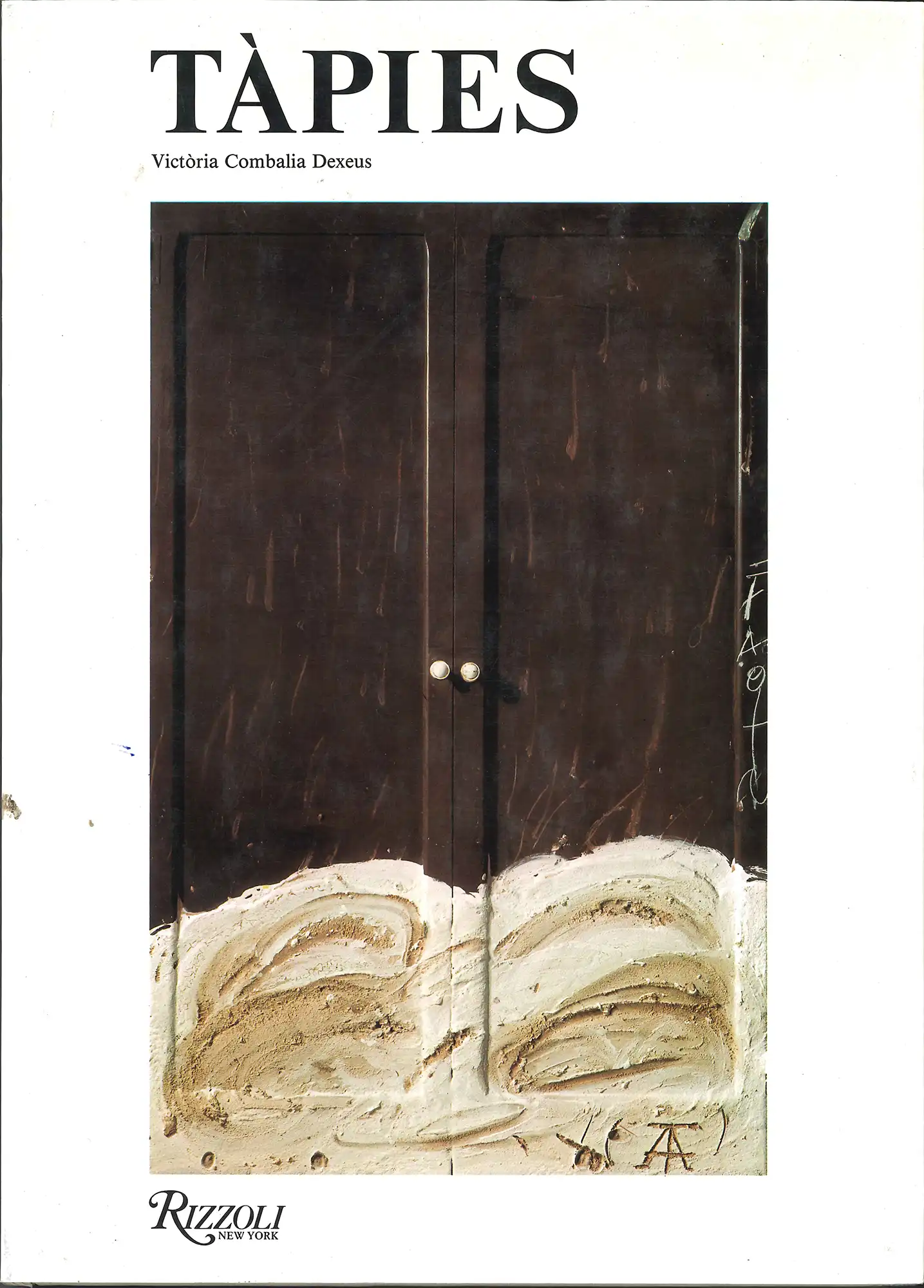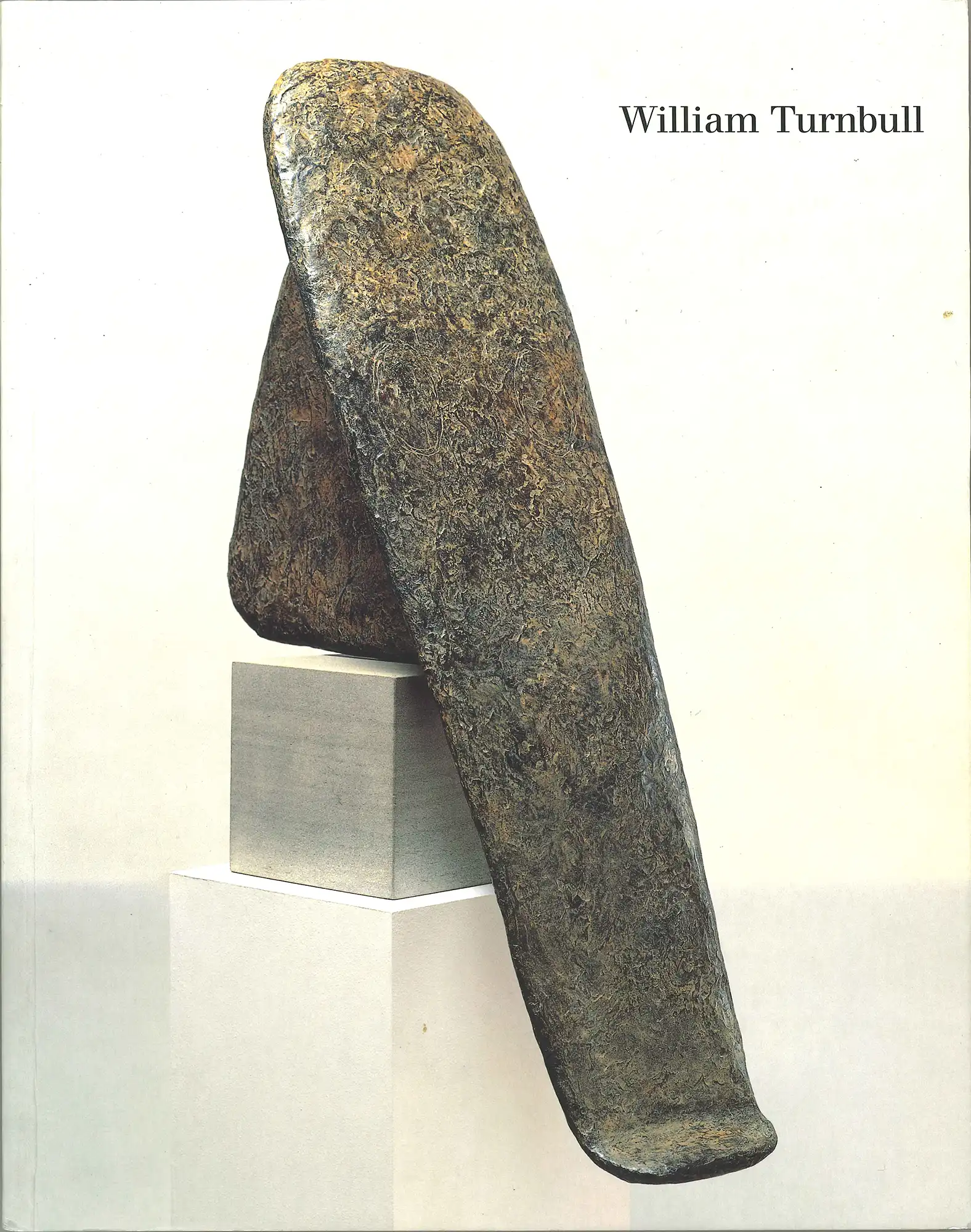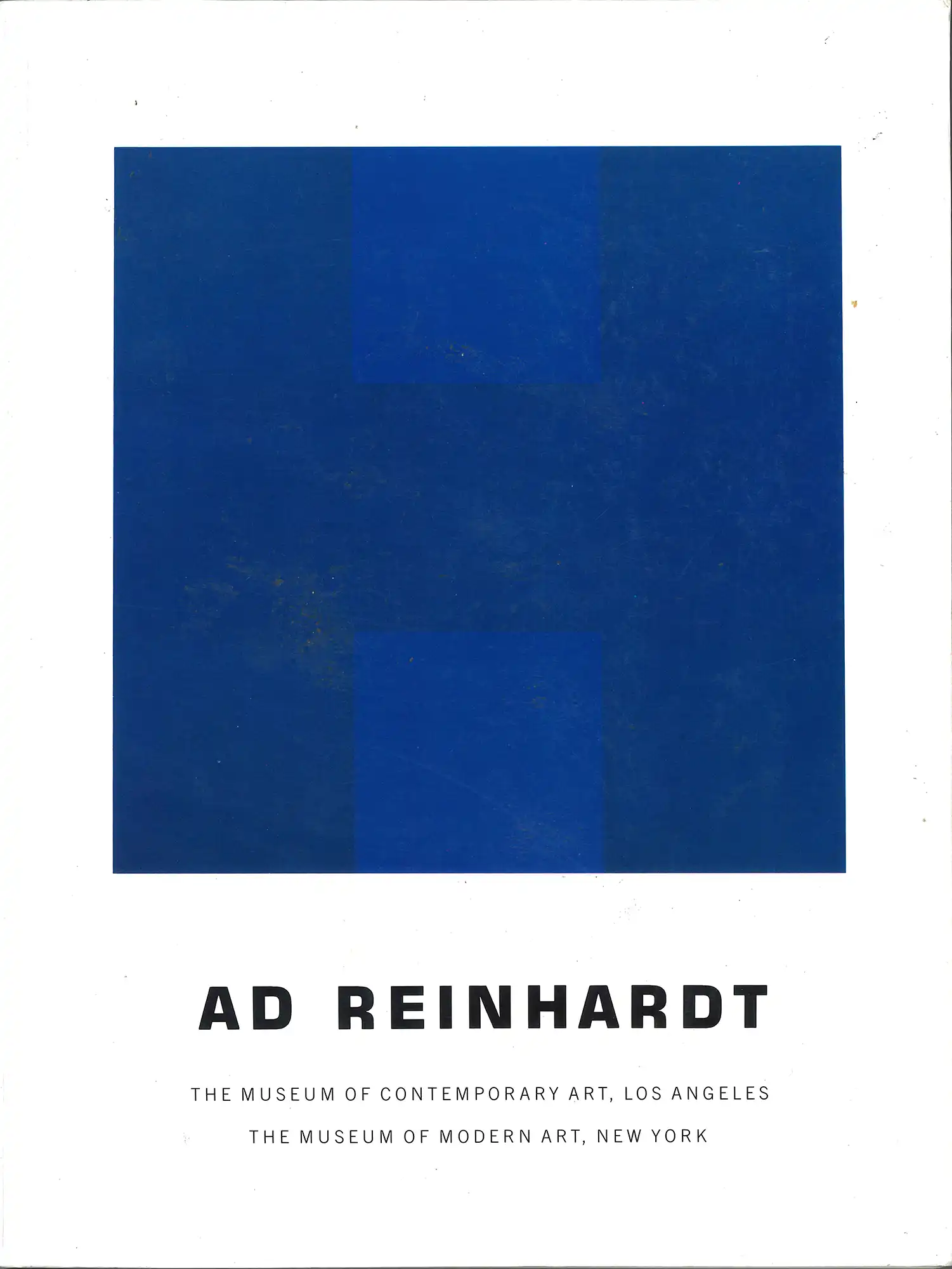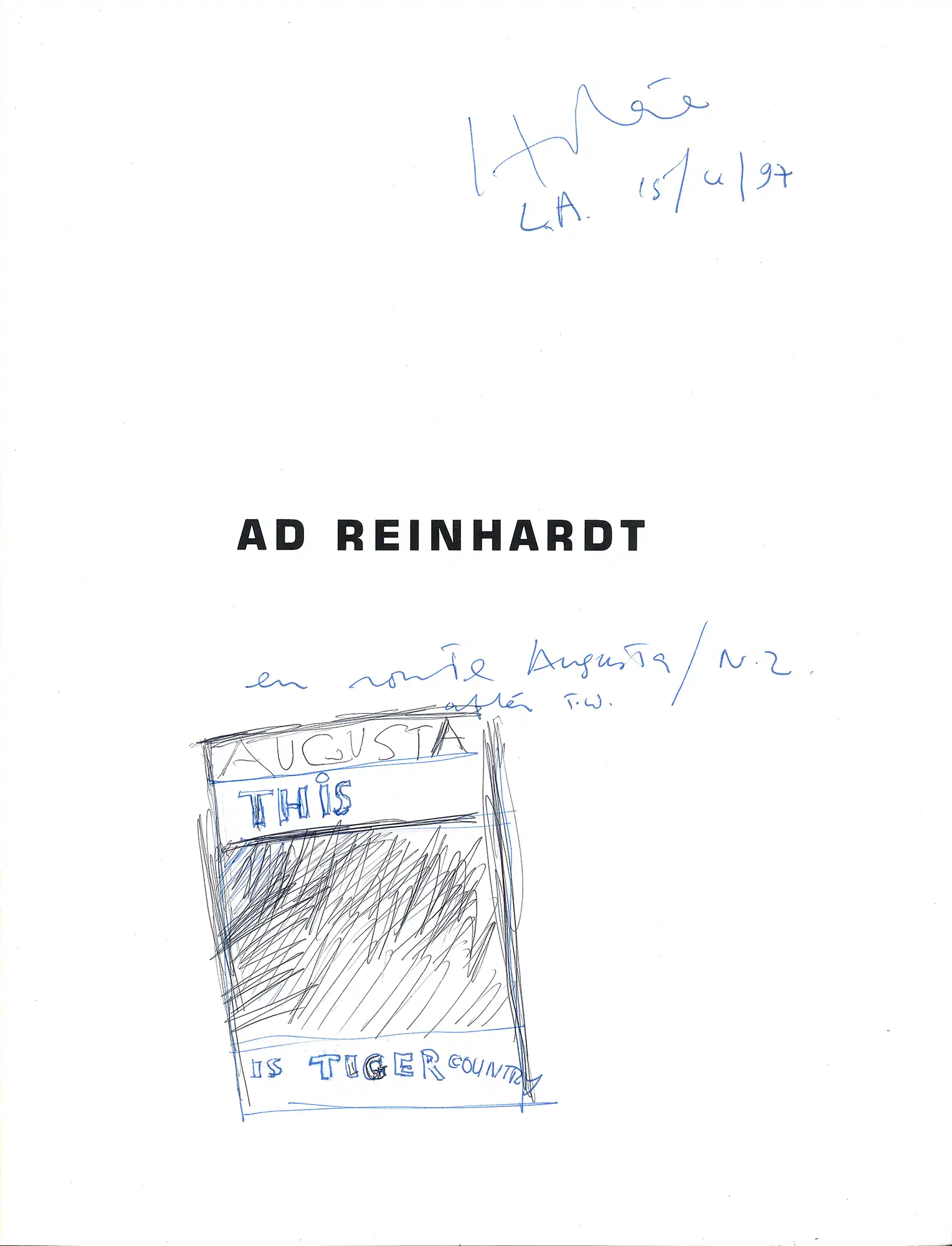Case 5
- The Wider World – Tàpies, Turnbull, and Reinhardt

Victòria Combalia Dexeus, Tàpies. New York: Rizzoli International Publications, 1990. SPRH 709.2 TAP (COM)
When Hotere arrived in London to study at the Central School of Art in 1961, the international art scene was laid open to him. He was particularly taken by the work of the Catalan artist Antoni Tàpies (1923-2012), whose technique he greatly admired and whose love of fusing materials and symbols he would eventually adopt. Tàpies’s work was informed by early modernist painters like Klee and Mirò and, like Hotere, favoured the colour black in his works; he would dedicate whole series of paintings (as was a trend in the 1960s and 1970s) to the interplay of light and dark, a motif Hotere also adopted during this period.

Victòria Combalia Dexeus, Tàpies. New York: Rizzoli International Publications, 1990. SPRH 709.2 TAP (COM)
Open image in new window

William Turnbull, William Turnbull: Sculpture and paintings. London: Waddington Galleries, 1998. SPRH 730.92 TUR
William Turnbull (1922-2012) was Hotere’s design teacher during his London years. He encouraged Hotere’s interest in working with media other than paint while honing his painting technique to align with that of the American monochrome expressionists. His influence on Hotere’s approach to his art was to have lasting significance. As Hotere became increasingly less enamoured with London as a place to live, and the Central School as a learning institution, he moved to Vence, in the south of France, where he was invigorated by the Mediterranean climate and way of life. His art practice was also invigorated, with a carte blanche approach encouraged by his other influential Central School art teacher Cecil Collins (1908-1989), who proclaimed: ‘just bloody get on with it’.

William Turnbull, William Turnbull: Sculpture and paintings. London: Waddington Galleries, 1998. SPRH 730.92 TUR
Open image in new window

Ad Reinhardt, Ad Reinhardt. New York: Museum of Modern Art, 1991. SPRH 759.13 REI
Adolph Friedrich (Ad) Reinhardt (1913-1967) was a New York artist who became part of the movement known as abstract expressionism. He was also drawn to create black, or near-black paintings, which often concealed a depth not noticed if the viewer did not take the effort to stop and examine them. Reinhardt referred to them as ‘paintings which cannot be misunderstood’ (or rather, there is nothing to be understood). This would resonate to an extent in Hotere’s art too, and in his reluctance to interpret or explain the abstract elements in his work for the sake of the viewer’s understanding, to wit: 'There are few things I can say about my work that are better than saying nothing' (1996).

Ad Reinhardt, Ad Reinhardt. New York: Museum of Modern Art, 1991. SPRH 759.13 REI



